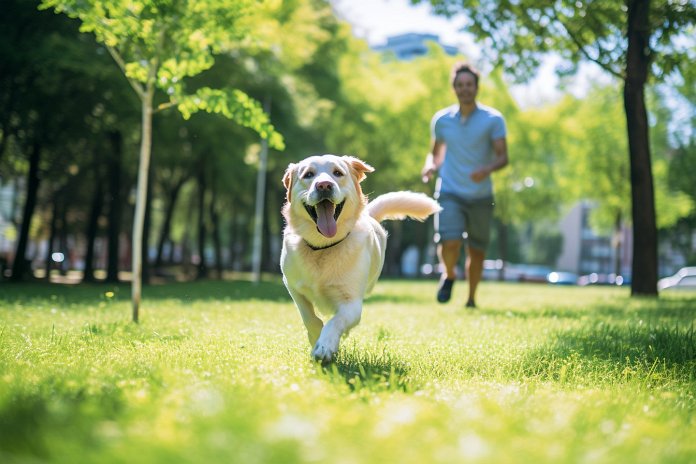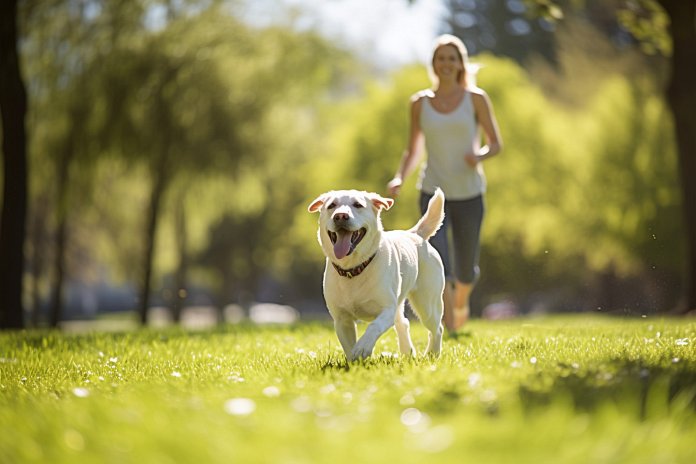
Hip dysplasia is a common health condition in dogs that can affect any breed, although it is more prevalent in certain breeds. It can be a debilitating condition, but with the right treatment and care, dogs can continue to enjoy life. Recognizing the signs and symptoms of hip dysplasia is important for early diagnosis and appropriate treatment. Some signs to watch out for include difficulty walking, getting up, or lying down, an unusual gait, and signs of discomfort when touched around the rump area. Changes in behavior, such as spending more time alone, may also indicate hip dysplasia.
History and Research into Hip Dysplasia in Dogs
Hip dysplasia is a common skeletal condition in dogs, with larger and giant breeds being more susceptible. It can occur in puppies as young as four months old, but can also develop in senior dogs as a result of related problems like osteoarthritis. The condition is caused by a malformation in the hip joint, leading to pain, discomfort, and movement difficulties. Canine hip dysplasia can worsen over time, resulting in loss of proper hip function.
Science Relating to Canine Hip Dysplasia
Hip dysplasia occurs when the ball and socket joint in the hip fails to properly connect, causing grinding joints that can deteriorate further due to rubbing. While the condition often develops in puppies, it can also affect adult dogs. Although hip dysplasia can affect smaller dogs, the symptoms may be less noticeable compared to larger breeds due to added weight stressing the joints.
Helping Your Dog with Hip Dysplasia
Early recognition of symptoms is crucial for timely treatment. While symptoms may not be immediately noticeable in puppies or small breed dogs, they will become more obvious over time. If your dog shows signs of difficulty moving, stiffness, loss of interest in activity, and discomfort when touched around the rump area, it may be experiencing pain from hip dysplasia. However, with proper treatment, dogs with hip dysplasia can live relatively normal lives. Managing exercise and activity levels, as well as making dietary changes, can help reduce pressure and strain on the hips. A trip to the vet will confirm the presence of hip dysplasia through tests like x-rays and blood tests. Treatment options may include surgery, weight control, and specific exercises like swimming, depending on the age and size of the dog.
“Recognizing the signs and getting the right treatment can help your dog with hip dysplasia live a comfortable and enjoyable life.”

Tips & Things to Know
1️⃣ Familiarize yourself with the signs and symptoms of hip dysplasia in dogs. This will help you identify the condition early and seek appropriate treatment.
2️⃣ Pay attention to your dog’s body language, as it can be a valuable indicator of discomfort or pain associated with hip dysplasia. Look for changes in their gait, movement, and behavior.
3️⃣ Seek veterinary care and get a proper diagnosis if you suspect your dog has hip dysplasia. Treatment options can vary based on your dog’s age and size, and may include surgery, weight control, and specific exercises like swimming.
Frequently Asked Questions, Answered ✅
1. What are the signs and symptoms of hip dysplasia in dogs?
– Signs and symptoms include struggling when walking, getting up, or lying down, unusual gait, growling or showing signs of discomfort when touched around the rump area, and decreased activity levels.
2. Can hip dysplasia affect all dog breeds?
– Yes, hip dysplasia can affect any dog breed, although it is more common in larger and giant breeds.
3. At what age does hip dysplasia typically develop in dogs?
– Hip dysplasia can develop as early as four months of age, but it can also occur in senior dogs as a result of related problems such as osteoarthritis.
4. How does hip dysplasia affect a dog’s hips?
– Hip dysplasia is caused by the improper development of the ball and socket joint in the hips, leading to pain, discomfort, and movement difficulties for the dog.
5. What are the treatment options for hip dysplasia in dogs?
– Treatment options can vary based on the age and size of the dog. Some may require surgery, while others can be treated with life changes such as weight control and specific exercises like swimming.